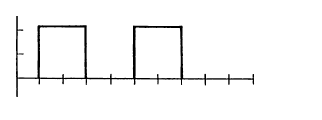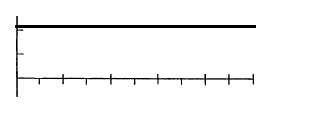syee10
Member level 3
Is there any method to convert a square wave signal into a fixed DC signal? Say if i have a +1V high level and 0V low level square wave, how am i going to convert it to a DC level +1V signal? Will it works if using a low pass filter? If yes, how's the circuit looks like and what is the value of the component?

